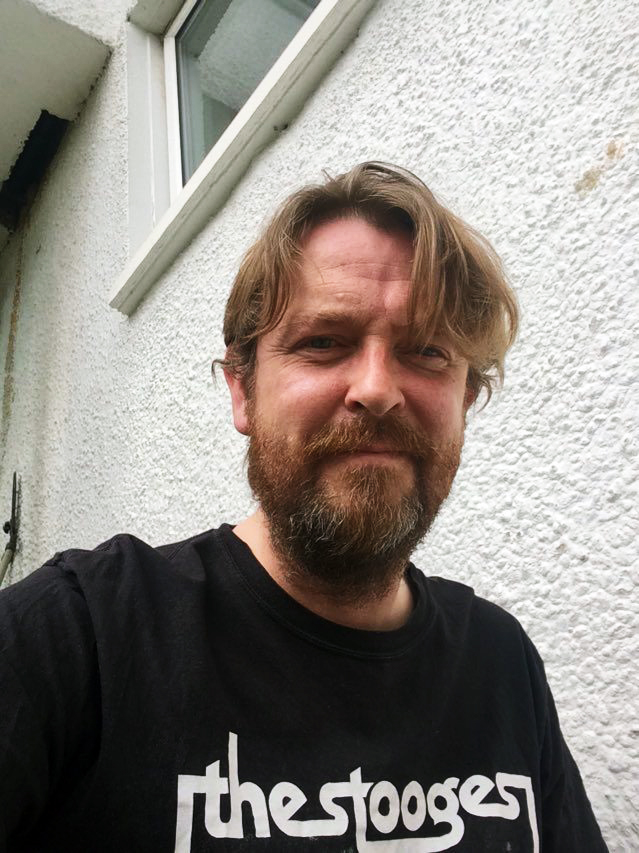Graham Martin finds Oxfam demanding much more is done to help refugees globally.
It was the photo that was meant to change everything. A year ago, the world was shocked into action by pictures of the lifeless body of a three-year-old boy washed up on a beach in Turkey.
Alan Kurdi died along with his four-year-old brother and his mother in the waters of the Aegean as they tried to escape the cauldron of the Syrian Civil War.
In the year since the publication of the pictures, the number of refugees and migrants who have died while trying to reach another country has increased by more than a fifth
The haunting image of the little boy in the red T-shirt sparked an outcry, bringing international attention to the unfolding humanitarian catastrophe in the Mediterranean and at Calais in France.
There was a corresponding – and on-going – civil society response, and demands were made that the tragedy of the Kurdi family must not befall others.
However, in the year since the publication of the pictures, the number of refugees and migrants who have died while trying to reach another country has increased by more than a fifth.
New figures revealed by Oxfam today show that 5,700 people have died on refugee and migrant routes around the world since Alan’s body was washed up.
In the year before he died, 4,664 deaths were recorded.
The numbers of people who have died on these perilous routes since the start of 2016 equates to one almost every 80 minutes.
Oxfam contrasted the reaction of ordinary people to the pictures and that of international governments, which have failed to meet the challenges thrown to them by public opinion.
Independent research by the Visual Social Media Lab, based at the University of Sheffield, found a huge rise in interest in the refugee issue on Twitter after the pictures were published, with four times as many tweets on the subject than in the year before.
The #refugeeswelcome hashtag began trending worldwide in the days after Alan Kurdi’s death and has been used 2.35 million times in the 12 months since.
There was an explosion of grassroots, civil society activity, much of it in Scotland captured by TFN.
The recent images of Omran Daqneesh, the child pictured bloodied and covered in dust after being pulled from the rubble of his apartment block in Aleppo, have had a similar effect, showing the strength of public feeling about the violence that is forcing many refugees to flee.
However, two major summits on the global refugee and migration crisis take place in New York later this month.
Oxfam says the preliminary negotiations have been very disappointing, with many countries unwilling to do more to help, but the summits still offer the opportunity for governments to make firm commitments to improve the situation.
The aid group is calling on the UK government to commit to welcoming more refugees, helping poorer countries which are sheltering the majority of refugees, and helping to protect all people on the move.
Mark Goldring, Oxfam GB’s chief executive, said: “The images of Alan Kurdi’s body washed up on a Turkish beach were heartbreaking and the public was rightly shocked and saddened by them. And yet in the year since, the situation has not improved for refugees and migrants who are risking everything in search of safety and a better life for their families. In fact, the routes they take have become deadlier still.
“To stop these needless deaths, we need a coordinated, global response to this crisis. The UK government has an opportunity to show it is part of the solution at the summits in New York later this month.”
The majority of deaths recorded by the International Organisation for Migration were people who drowned in the Mediterranean.
But other cases included people crossing the Sahara desert, drowning on boats in the Bay of Bengal and Andaman Sea, and while travelling on the top of trains in Mexico.
Oxfam’s Stand as One campaign calls for global action to welcome more refugees, prevent families from being separated and keep people fleeing their homes safe from harm.
It was announced last week that the Scottish Government has taken in its 1000th Syrian refugee after the arrival of 120.
The pledge to take in at least 1000 was made by First Minister Nicola Sturgeon in the wake of last September’s crisis at a summit attended by politicians and major third sector groups.
One charity stressed that, while welcome, much more needs to be done.
David Bradwell, of Scottish Faiths Action for Refugees, said: “A thousand people is worth marking, but it is still a tiny number compared with the people in desperate need.
“The response from local communities across Scotland has been phenomenal.
“Yesterday I was in Aberdeen hearing about how volunteers are working with Syrian families to support their settling into life, with everything from offering lifts, babysitting, to supporting kids with their school homework.”
Communities secretary Angela Constance, speaking as she met refugees and support workers at an educational project in Edinburgh, said: “It’s been fantastic to see people extend the warm hands of friendship to their new neighbours.
“However, integration is a long-term process, and local authorities have been working in partnership with third sector and community organisations to ensure that the right support is in place.”







